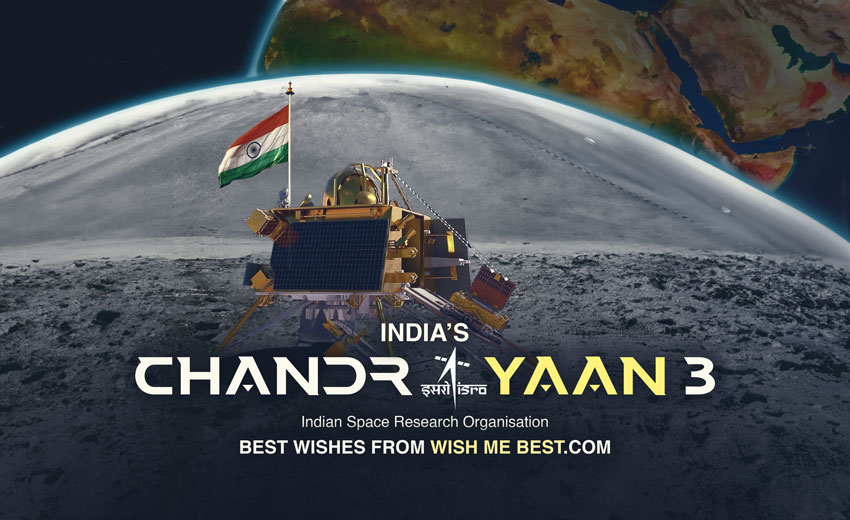Chandrayaan 3: Journey to Moon

India’s ambitious space exploration program took a significant step forward with the announcement of Chandrayaan-3, the country’s third lunar mission. Following the success of Chandrayaan-1 and Chandrayaan-2, the Indian Space Research Organisation (ISRO) is gearing up to further expand its knowledge and capabilities in lunar exploration. Chandrayaan-3 aims to build upon the achievements of its predecessors while addressing the challenges faced during the previous missions.
A Legacy of Lunar Exploration
Chandrayaan-1, launched in 2008, was India’s maiden lunar mission and a major milestone for ISRO. It provided valuable data that contributed to the discovery of water molecules on the lunar surface, significantly altering our understanding of the Moon’s composition. Chandrayaan-2, launched in 2019, was an even more ambitious endeavor, incorporating an orbiter, lander, and rover. Although the lander’s hard landing on the lunar surface prevented the rover from successfully conducting its operations, the mission’s orbiter continues to study the Moon from its orbit.
Chandrayaan-3: Learning from the Past
Chandrayaan-3 aims to rectify the setback experienced during the Chandrayaan-2 mission by focusing solely on the lander and rover components. This strategic decision allows ISRO to concentrate resources on the critical phase of landing, which proved to be challenging in the previous mission.
The mission objectives for Chandrayaan-3 remain consistent with those of Chandrayaan-2, primarily centered around exploring the Moon’s south polar region, where evidence of water ice has been detected. The rover will be equipped with advanced instruments to analyze the lunar surface and subsurface, offering insights into the Moon’s geological history and the potential for future resource utilization.
Technological Advancements
Chandrayaan-3 will incorporate several technological improvements based on lessons learned from Chandrayaan-2. The lander’s design will likely feature enhanced landing gear and a more robust propulsion system to ensure a successful soft landing. The rover will also be equipped with upgraded mobility systems to traverse the lunar surface with greater efficiency.
Furthermore, ISRO plans to leverage data from Chandrayaan-2’s orbiter to optimize the landing site selection for Chandrayaan-3. This approach showcases the agency’s ability to adapt and maximize the utility of existing mission assets.
Looking Ahead
Chandrayaan-3 represents a pivotal juncture in India’s space exploration journey. By refining the technologies and strategies employed in previous missions, ISRO is positioning itself to achieve a successful lunar landing and further solidify its capabilities in deep-space exploration. The mission’s success would not only be a testament to India’s technological prowess but also a significant stride forward for global lunar research.
As ISRO prepares for the launch of Chandrayaan-3, the world eagerly anticipates the discoveries that await on the lunar surface. With the continuous advancement of space technology, humanity inches closer to unlocking the Moon’s mysteries, one mission at a time.

